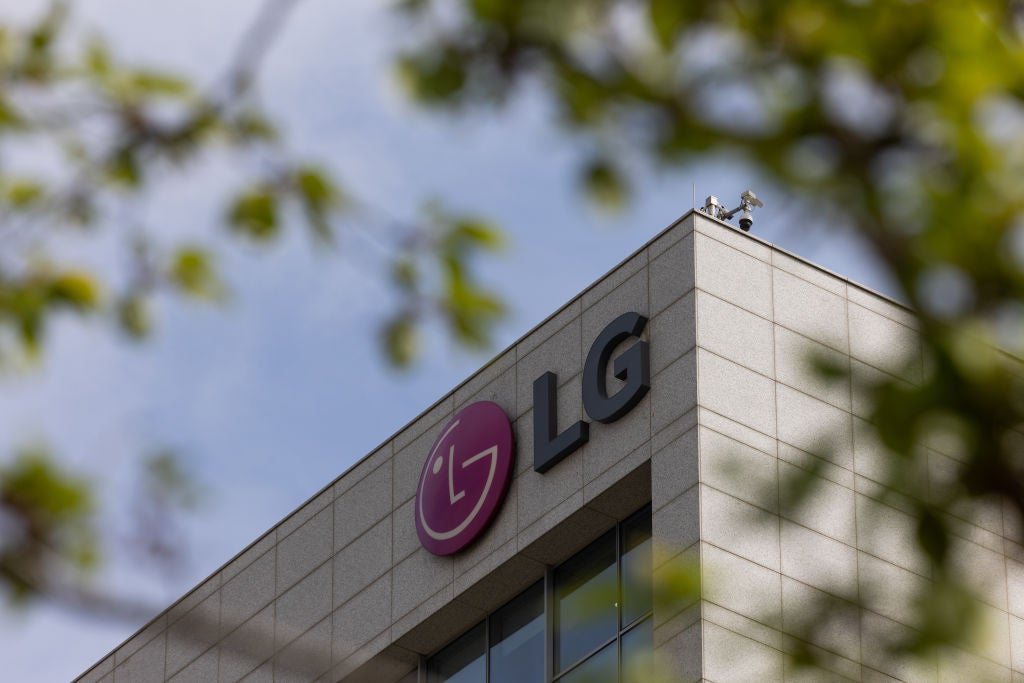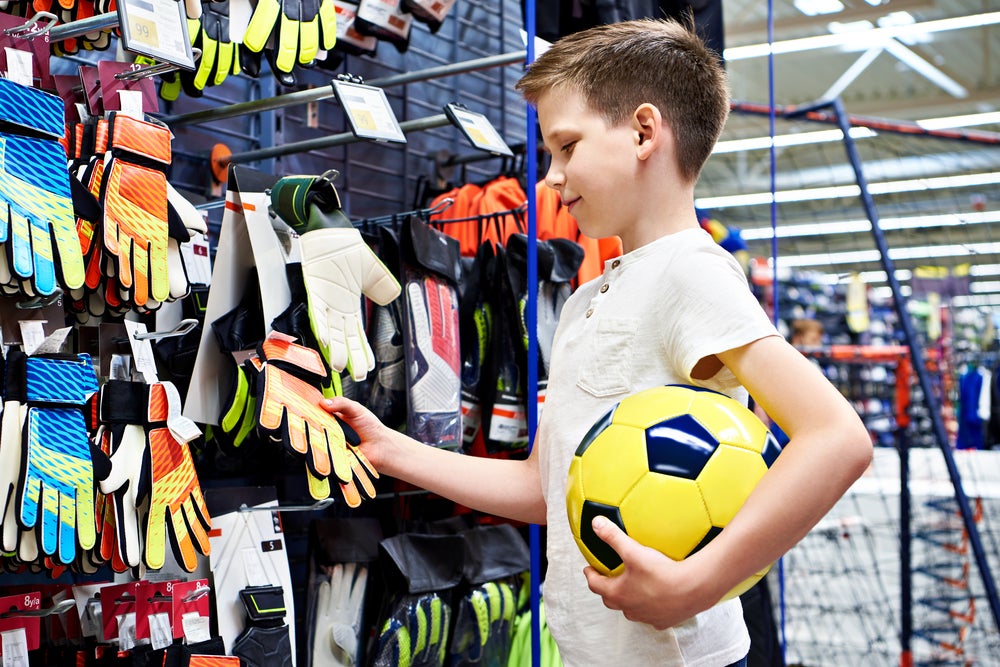Sharp had 23 patents in artificial intelligence during Q1 2024. Sharp Corp’s patents filed in Q1 2024 focus on improving video decoding efficiency by using neural networks for post-filtering processing, reducing redundancy by applying resolution inverse conversion processing on a per sequence or per picture basis. Additionally, the patents also cover signaling neural network post-filter parameter information and systems for targeted display of media content with precise timing triggers for content playback on separate displays. GlobalData’s report on Sharp gives a 360-degree view of the company including its patenting strategy. Buy the report here.
Sharp grant share with artificial intelligence as a theme is 21% in Q1 2024. Grant share is based on the ratio of number of grants to total number of patents.
Recent Patents
Application: Video coding apparatus and video decoding apparatus (Patent ID: US20240107040A1)
The patent filed by Sharp Corp. addresses the issue of redundancy in neural network post-filtering processing in video decoding. The proposed solution involves a video decoding apparatus that includes an image decoding apparatus, an inverse conversion information decoding apparatus, and a resolution inverse conversion apparatus. The inverse conversion information is decoded as supplemental enhancement information on a per sequence basis, allowing for the conversion of decoded images to an indicated resolution using a neural network. The video decoding apparatus can determine whether to apply resolution inverse conversion processing on a per sequence basis or per picture basis, thereby optimizing the post-filtering process.
The patent also includes claims for video decoding and coding apparatuses that follow a similar structure to the proposed solution. These claims outline the components of the apparatuses, including image coding/decoding apparatuses, inverse conversion information generation/decoding apparatuses, and resolution inverse conversion apparatuses. The apparatuses are designed to efficiently handle the resolution conversion process using neural networks and provide flexibility in applying the resolution inverse conversion processing on a per sequence, per picture, or per layer basis. Overall, the patent aims to improve the efficiency and effectiveness of post-filtering processing in video decoding and coding by reducing redundancy and optimizing the use of neural networks for resolution conversion.
To know more about GlobalData’s detailed insights on Sharp, buy the report here.
Data Insights
From

The gold standard of business intelligence.
Blending expert knowledge with cutting-edge technology, GlobalData’s unrivalled proprietary data will enable you to decode what’s happening in your market. You can make better informed decisions and gain a future-proof advantage over your competitors.





